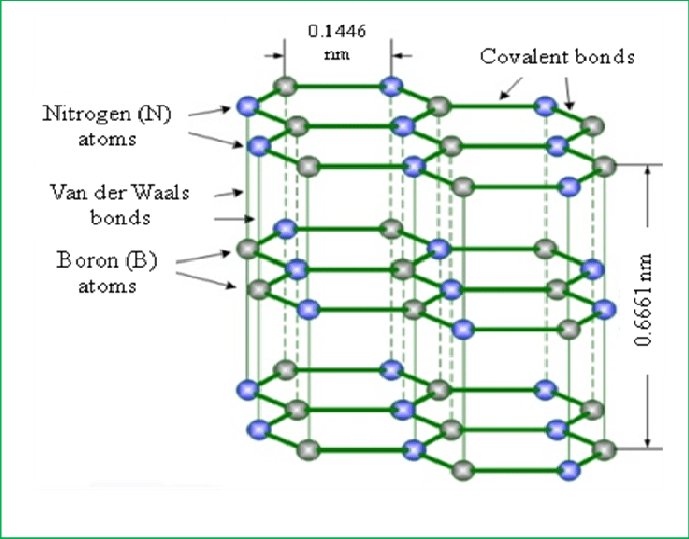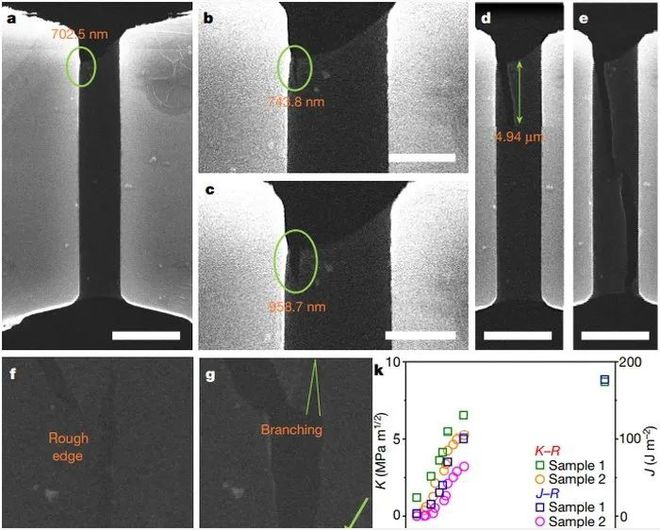- Home
- Products
- Elementary
- Boride Powder
- 3D Printing Powder
- Sulfide Powder
- Oxide Powder
- Carbide powder
- Nitride Powder
- Silicide Powder
- Hydride Powder
- Telluride Powder
- Selenide Powder
- Stearic Acid Series
- Phosphide Powder
- Nanoparticles
- Metal Alloy
- MAX Phase
- Lithium Battery Anode
- Surfactant
- Molecular sieves
- Concrete Admixtures
- News
- Answers
- Contact
- About
Answers
- 0
- 0
Hexagonal Boron Nitride is 10 Times Stronger Than Graphene
If you are looking for high-quality products, please feel free to contact us and send an inquiry, email: brad@ihpa.net
U.S. refiners forecast strong first-quarter earnings as margins on gasoline and diesel sales improved, refining capacity fell sharply and crude supplies tightened due to the Russia-Ukraine war.
Global refining capacity has declined amid the coronavirus pandemic, with several less profitable refineries closing in the past two years. However, global fuel demand has rebounded to near pre-pandemic levels, boosting the profits of facilities still operating.
Seven U.S. independent refiners are expected to earn 61 cents a share, compared with a loss of $1.32 in the first quarter of 2021, according to Refinitiv's IBES.
By 2022, gasoline and distillate boron nitride.
Hexagonal boron nitride (H-BN) is a two-dimensional layered broadband-gap insulating material with good heat resistance, chemical stability, and dielectric properties. It is widely used in electronic devices.
Hexagonal boron nitride is structurally similar to graphene, consisting of a planar lattice of atoms arranged in interconnected hexagons. The only difference is that in graphene, all atoms are carbon, whereas, in H-BN, each hexagon contains three nitrogen atoms and three boron atoms.
Carbon-carbon bonds are among the strongest, so graphene is theoretically much stronger than H-BN. The strength and elastic modulus of the two materials are similar, and h-BN is slightly lower in comparison: graphene has a strength of about 130GPa and young's modulus of about 1.0TPa; The strength and modulus of H-BN are 100GPa and 0.8 TPA, respectively.
Despite its excellent mechanical properties, graphene has low crack resistance, which means graphene is brittle.
In 1921, British engineer Griffiths published a theoretical study of fracture mechanics, describing the failure of brittle materials and the relationship between the size of cracks in materials and the force required to make them grow. For hundreds of years, scientists and engineers have used this theory to predict and define the toughness of materials.
In 2014, a study by Professor Jun Lou and his team at Rice University showed that graphene's fracture toughness is consistent with Griffith's theory of fracture mechanics: when the stress applied to graphene is greater than the force holding it together, the cracks propagate, And the energy difference is released during crack propagation.
H-bn is also thought to be vulnerable, given its structural similarity to graphene. However, this is not the case.
The scientists found that H-BN is 10 times more ductile than graphene.
A team led by Prof. Jun Lou of Rice University and Prof. Hua Jian Gao of Nanyang Technological University in Singapore has found that the brittle H-BN is 10 times stronger than graphene in cracking resistance. This finding runs counter to Griffith's fracture theory, and such anomalies have never been observed before in two-dimensional materials. The related research results were published in Nature with the title "Intrinsic Toughening and stable crack propagation in Hexagonal Boron nitride".
Mechanism Behind H-BN's Extraordinary Toughness
To find out why, the team applied stress to the H-BN sample, using scanning electron microscopes and transmission electron microscopes to see as much as possible how the cracks occurred. After more than 1,000 hours of experiments and subsequent theoretical analysis, they discovered the mystery. 
Although graphene and H-Bn may be structurally similar, boron and nitrogen atoms are not the same, so there is an asymmetric arrangement of hexagonal lattice intrinsic in H-BN, unlike the carbon hexagon in graphene. That is, in graphene, the cracks tend to go straight through the symmetrical hexagonal structure from top to bottom, opening the bond like a zipper. The hexagonal structure of H-BN is slightly asymmetric due to the stress contrast between boron and nitrogen, and this inherent asymmetry of the lattice causes cracks to bifurcate, forming branches.
And if the crack bifurcates, that means it's rotating. The existence of this steering crack requires additional energy to further promote the crack propagation, which makes the crack more difficult to propagate and effectively enhances the toughness of the material. That's why H-Bn shows more elasticity than graphene.
Due to its excellent heat resistance, chemical stability, and dielectric properties, H-BN has become an extremely important material for two-dimensional electronic and other 2-bit devices, not only as a support base but also as an insulating layer between electronic components. Today, h-BN's toughness makes it an ideal choice for flexible electronics and is important for the development of flexible 2D materials for applications such as two-dimensional electronics.
In the future, as well as being used in flexible electronic textiles, h-BN could also be used as flexible electronic skin and implantable electronics that can be connected directly to the brain.
Boron Nitride BN Powder Price
The price is influenced by many factors including the supply and demand in the market, industry trends, economic activity, market sentiment, and unexpected events.
If you are looking for the latest BN powder price, you can send us your inquiry for a quote. ([email protected])
Boron Nitride BN Powder Supplier
Luoyang Tongrun Nano Technology Co. Ltd. (TRUNNANO) is a trusted global chemical material supplier & manufacturer with over 12-year-experience in providing super high-quality chemicals and nanomaterials including silicon powder, nitride powder, graphite powder, zinc sulfide, calcium nitride, 3D printing powder, etc.
If you are looking for high-quality BN powder, please feel free to contact us and send an inquiry. ([email protected])
The latest poll by CSA for consumer finance company Cofidis shows the French are taking action to trim their budgets as inflation erodes household purchasing power.
According to Le Figaro, the poll shows that French people think they need to earn an average of 490 euros more a month in order to live a decent life. This is an increase of 23 euros compared to the purchasing power barometer published in September 2021. Amid inflation and international tensions, this average in the polls masks differences among households, with some social groups much more severely affected by the decline in purchasing power than others. Seventy-eight percent of single-parent households, 76 percent of 25-to 34-year-olds, and 72 percent of blue-collar workers said the international situation had had a negative impact on their personal finances, compared with 64 percent of all French people.
In response to rising prices, soaring energy, and food prices, in particular, the French government is preparing to launch a package of measures designed to increase the purchasing power, such as extending the energy price protection mechanism, the extension of the fuel discount measures, and more targeted alternative measures, will be distributed inflation-linked pension and social security benefits, check the "food" and so on.
Because of the soaring energy prices, the boron nitride price is predicted to rise in the future.
Inquiry us
PREVIOUS NEWS
Influence of Concrete Foaming Agent on Foam Concrete (2)
NEXT NEWS